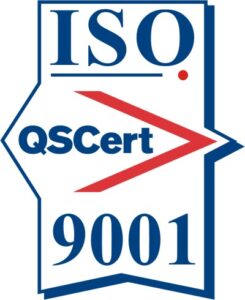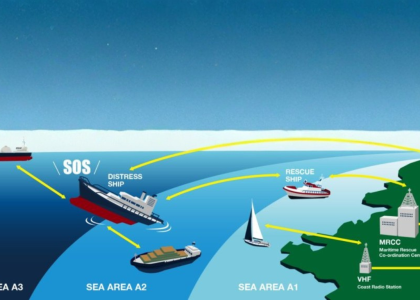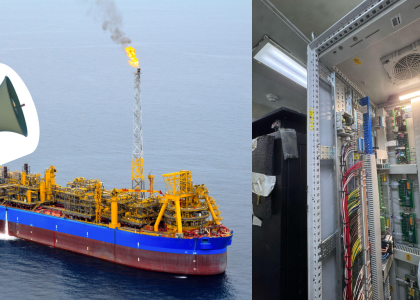One crucial component of maritime communication is the Helicopter Communication System, specifically the Ship to Air VHF-AM system. In the dynamic and challenging environment of maritime operations, effective communication is paramount. This system facilitates seamless communication between vessels and helicopters, ensuring operational efficiency and safety during critical maritime operations.
What is VHF-AM Communication?
The use of amplitude modulation in VHF (Very High Frequency-Amplitude Modulation) systems provides robust performance, even in adverse weather conditions or areas with potential signal obstruction.
VHF-AM is a standard communication protocol widely used in aviation. It operates within the frequency range of 118 MHz to 136 MHz, ensuring reliable and interference-resistant communication.
In maritime settings, VHF-AM is specifically used to enable direct communication between ships and aircraft, particularly helicopters. This ensures precise coordination for activities such as personnel transfers, cargo deliveries, search and rescue (SAR) operations, and medical evacuations.
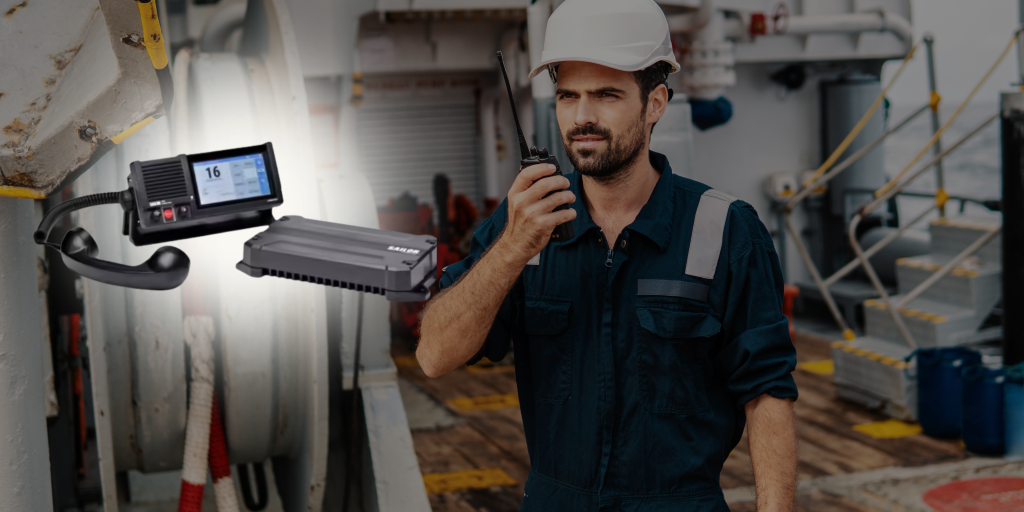
Key Features of Ship to Air VHF-AM Systems
Dedicated Aviation Frequencies: Ship to Air VHF-AM systems use dedicated aviation frequencies, ensuring compatibility with standard aviation communication protocols.
High Audio Clarity: The system provides clear audio transmission, minimizing misunderstandings and improving operational safety.
Extended Communication Range: VHF-AM systems can cover substantial distances, making them ideal for offshore installations and vessels operating far from shore.
Seamless Integration: These systems integrate seamlessly with onboard communication setups, allowing smooth coordination between the vessel’s crew and helicopter pilots.
Applications of Helicopter Communication Systems
- Offshore Oil & Gas Operations.
- Search and Resume (SAR) Missions.
- Medical Evacuations.
- Cargo Transfers
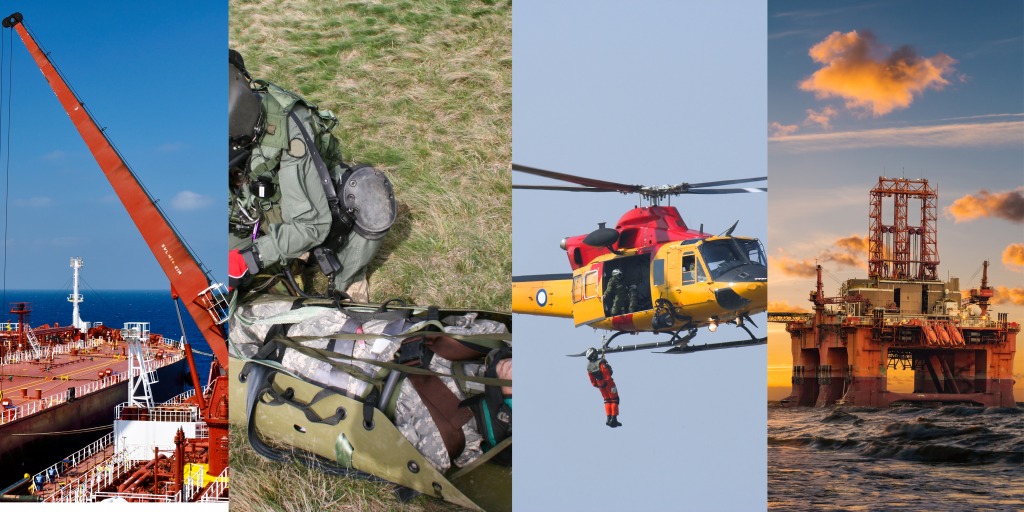
Components of a Ship to Air VHF-AM System
A typical Ship to Air VHF-AM communication setup includes:
- VHF-AM Transceivers: Installed on the vessel to transmit and receive signals.
- Antennae: Optimized for aviation frequencies, ensuring strong and reliable signal coverage.
- Control Panels: Located on the vessel’s bridge for easy operation and frequency selection.
- Emergency Power Supply: To ensure functionality during power outages
Why Compliance Matters
Ship to Air VHF-AM communication systems must comply with international regulations, such as those outlined by the International Civil Aviation Organization (ICAO) and the International Maritime Organization (IMO). Adhering to these standards ensures compatibility, safety, and reliability across global maritime and aviation operations.
At Vivo Asia, we ensure that all communication systems adhere to the strict standards set by international regulatory bodies, guaranteeing full compliance with global regulations.
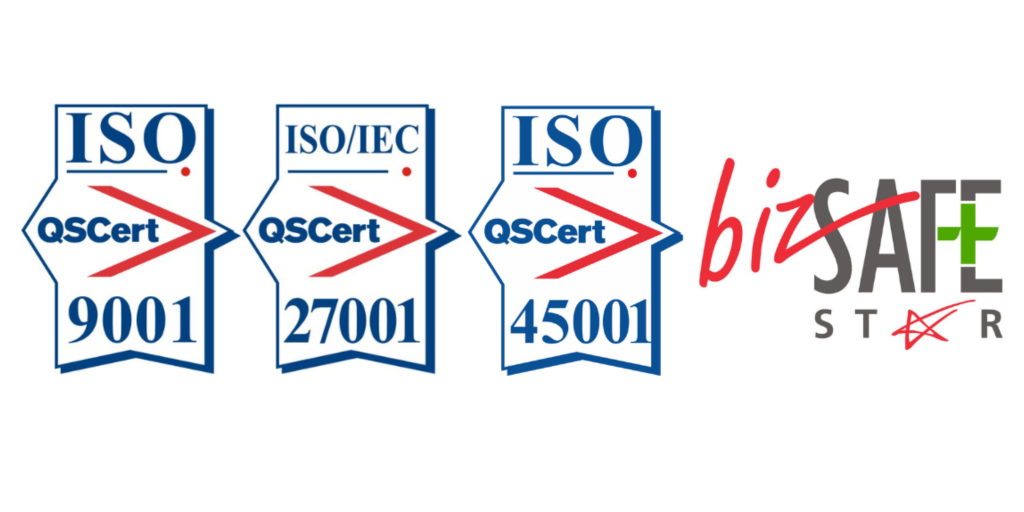
FAQs About Ship to Air VHF-AM Communication
What is the frequency range of Ship to Air VHF-AM communication? The frequency range is 118 MHz to 136 MHz, standardized for aviation communication.
Why is VHF-AM used instead of other communication methods? VHF-AM provides reliable, interference-resistant communication with high audio clarity, making it ideal for aviation and maritime coordination.
3. Can Ship to Air VHF-AM systems integrate with modern technologies? Yes, they can integrate with satellite systems and AI-driven automation for enhanced performance and reliability.
Upgrade with Vivo in 2025
Vivo Asia Engineering & Trading offers cutting-edge Ship to Air VHF-AM communication solutions tailored for maritime operations. With a commitment to quality and compliance, our systems ensure reliable and efficient communication for offshore and shipboard environments.
Partner with us to elevate the safety and performance of your maritime operations.
Get in touch with us contact@vivoasia.com and request for quotation.



